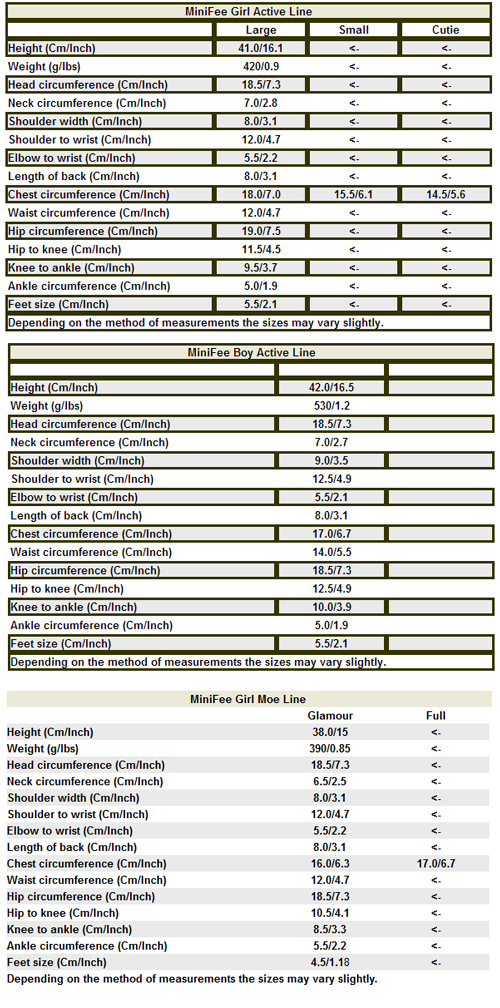
Zoo Body Measurement
Your lower waist is the widest part of your waist usually at the bellybutton or just below where weight. Bcs for zoo animals bcs has been used for many years in the livestock industry to evaluate and improve the productivity health reproduction and longevity of herds. The natural waist is the smallest point of your waist unlike where clothes waistlines are located these days and is usually an inch or two above your bellybutton. In this study we evaluated the application of thermal imaging to measure the body temperature of koalas phascolarctos cinereus in a zoo environment. The aim of the study was to determine the body feature most suitable for recording a koalas body temperature using coefficient of variation scores. Radial symmetry as illustrated in figure 142 describes when an animal has an up and down orientation.
They are asymmetrical radial or bilateral in form as illustrated in figure 142. Variable in size and weight depending on the breed. Measure the circumference around your natural waist and your lower waist two separate measurements. Body condition scoring bcs is a subjective measurement of an animals muscle definition and superficial fatty tissue. They also get treats for enrichment such as crayfish worms potatoes or yams. They can weigh up to 990 pounds.
Any plane cut along its longitudinal. Asymmetrical animals are animals with no pattern or symmetry. Thermal imaging technology has been used as a non invasive technique to measure the body temperature of various domesticated and wildlife species. Sea otters need to eat nearly a third of their body weight each day. 8 20 pounds and about 2 feet in length. Body length of 4 5 inches and a wing span of up to 2 feet.
They grow up to 9 feet long and up to 55 feet high. Animal body plans follow set patterns related to symmetry. The otters at the san diego zoo are fed a fortified meat based commercial carnivore diet carrots and either squid or trout. An example of an asymmetrical animal is a sponge. Thats a lot of abalone.
Random Post
- mae west body measurement
- what was raquel welch's body measurements
- body measurement for female
- rosalia rodriguez body measurement
- doutzen kroes body measurement
- body sweep measurement
- bra size guide uk
- tv actress body measurements
- body measurement template
- best body measurements for girl
- kim ah joong body measurement
- body measurement crossword
- face recognition body temperature measurement system
- karley sciortino body measurement
- satnam khattra body measurement
- david warner body measurements
- body measurements diary
- hannah palmer body measurement
- body measurement kwesi
- body measurements search
- sippy gill body measurement
- measurement of total body surface area
- body measurement program
- nargis dutt body measurement
- all indian actress body measurements
- exo body measurements
- sara gurpal body measurement
- men's body measurements template
- hansika body measurement
- body measurement chart app
- wonder woman body measurements
- how to take body measurement for salwar kameez
- kiray celis body measurement
- parag tyagi body measurement
- simba nagpal body measurements
- aparna dixit body measurements
- girls body measurements
- lovely ghosh body measurement
- abigail ratchford body measurements
- low body fat measurement
- kurt angle body measurements
- gbe body measurement
- body measurement cutting
- clear2there body temperature measurement system
- body width measurement shirt
- free body measurement template
- kate del castillo body measurement
- mind body measurement
- body curve measurement
- free body measurement chart













/https://public-media.si-cdn.com/blogging/featured/20060410-064JC.jpg)

























